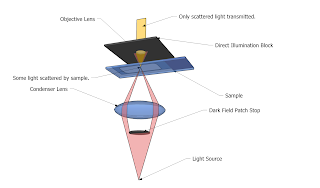I found in an online article entitled "Nosocomial Infections" that these infections are defined as thosie occurring within 48 hours of hospital admission, 3 days of discharge or 30 days
of an operation. I decided to do my investigation on nosocomial infections because recently I was admitted in the hospital because I thought I had an infection in my throat. I sought out to see a doctor about it and began to wonder about the different nosocomial infections I could possibly catch while being there. This article that I found described what these infections are, how one can catch them, and some statistics here and there. Some of the key points mentioned that "one in ten patients will acquire a nosocomial infection, a third of nosocomial infections are preventable, and hand washing is the best preventative measure against the spread of infection."
In the article it also mentions that "Gram-positive bacteria are the commonest cause of nosocomial infections with
Staphylococcus aureus
being the predominant pathogen. There has been an increase in the rate
of antibiotic resistant bacteria associated with nosocomial
infections in ICU." This brought my attention to what we were learning about in class. We spoke about Gram-positive bacterial cells and Gram-Negative. This lead me to my book to refresh my mind what a gram-positive bacterial cell consists of. On page 64 of the
Microbiology with diseases by Taxonomy, it says that gram-positive bacterial cell walls have a relatively thick layer of peptidoglycan that also contain unique chemicals called teichoic acids.
Both of these sources allowed me to really think about the possibilities of catching a nosocomial infection in a heath care facility. It connected well with the what we have been learning in class in regards to gram-positive bacterium.
Citations:
Bauman, Robert W. Microbiology with Diseases by Taxonomy . 3rd Edition. San Francisco: Pearson Education , 2011. 64-65. Print.
Inweregbu, Ken, Jayshree Dave, and Alison Pittard. "Nosocomial Infections." Oxford Journals . 5.1 (2005): 14-17. Web. 8 Feb. 2013. <http://ceaccp.oxfordjournals.org/content/5/1/14.full>.
From my understandings, this journal is from a peer-reviewed journal since there are so many people involved in creating the journal and also the many references indicated towards the bottom of the article. The article is not from a newspaper and this site was published in 2005. In terms of bias, the article is talking about the nosocomial infections that occur in a health care facility. It does not really go both ways since there isn't two sides really to the topic. This source is not an advertisement either.









